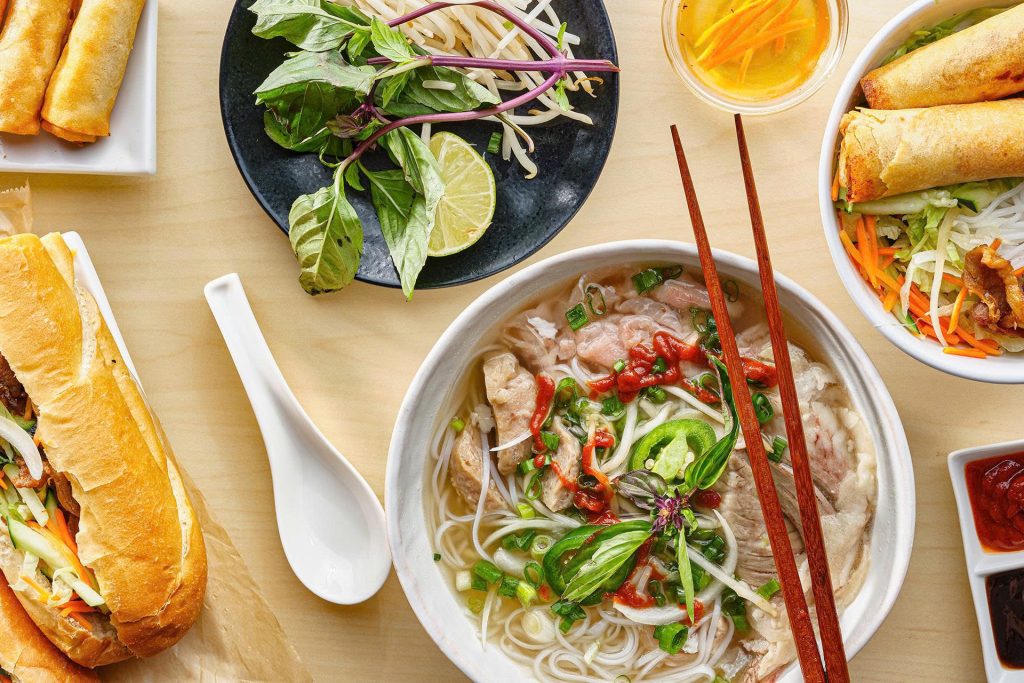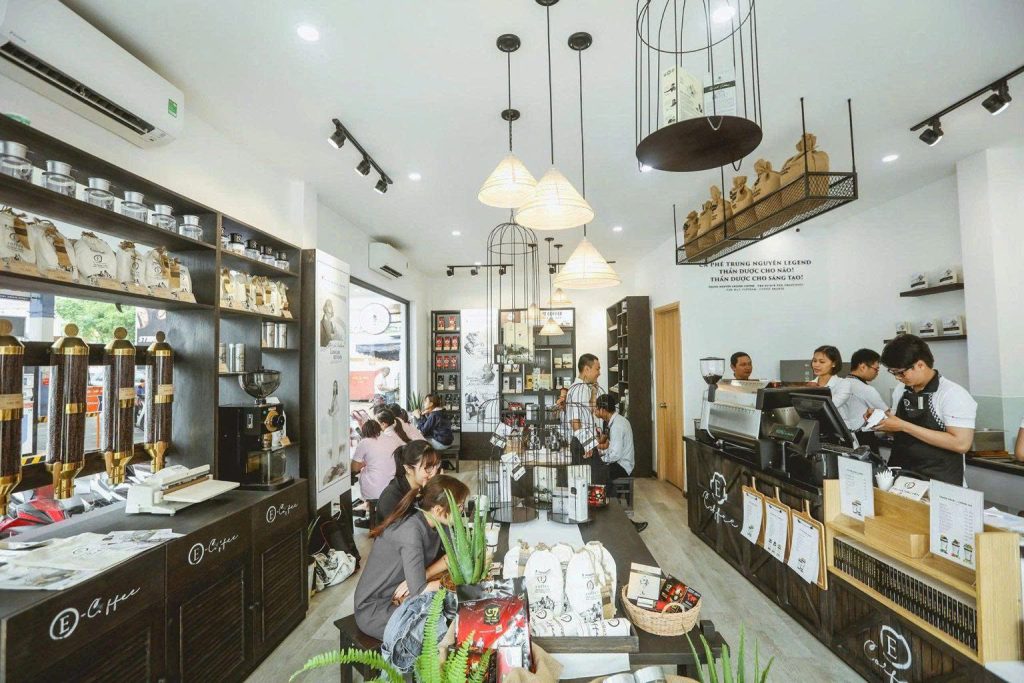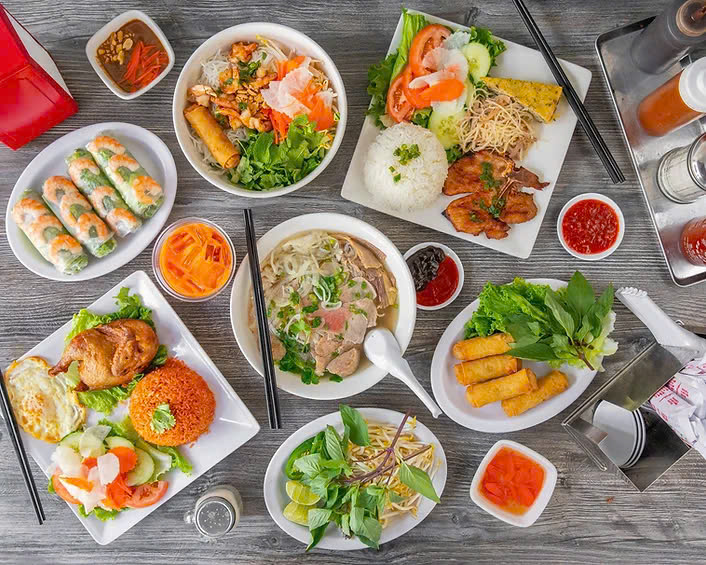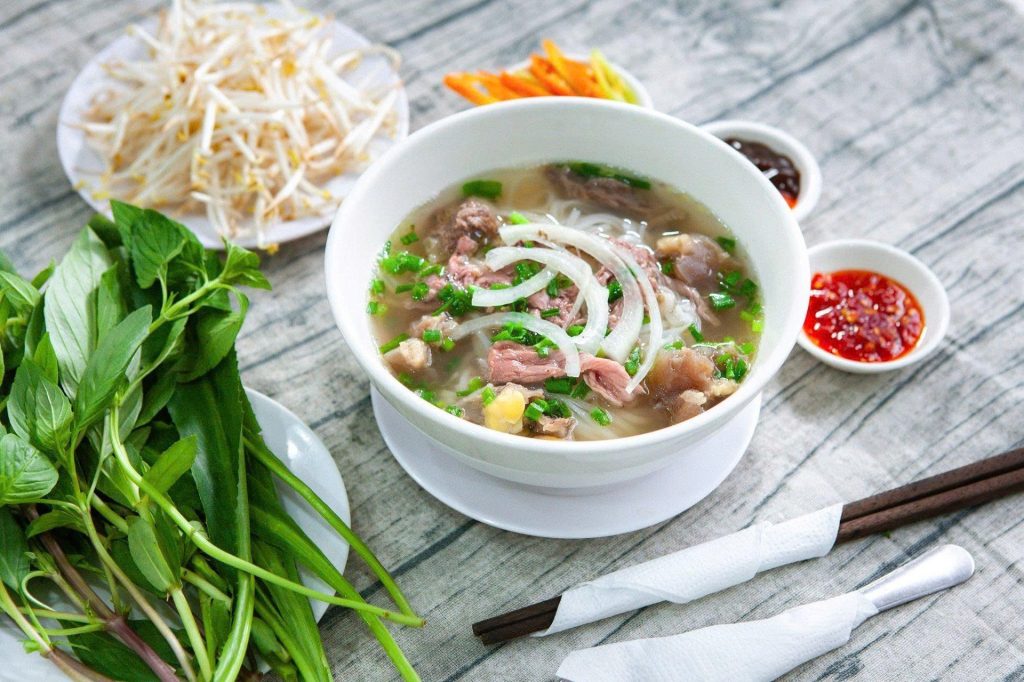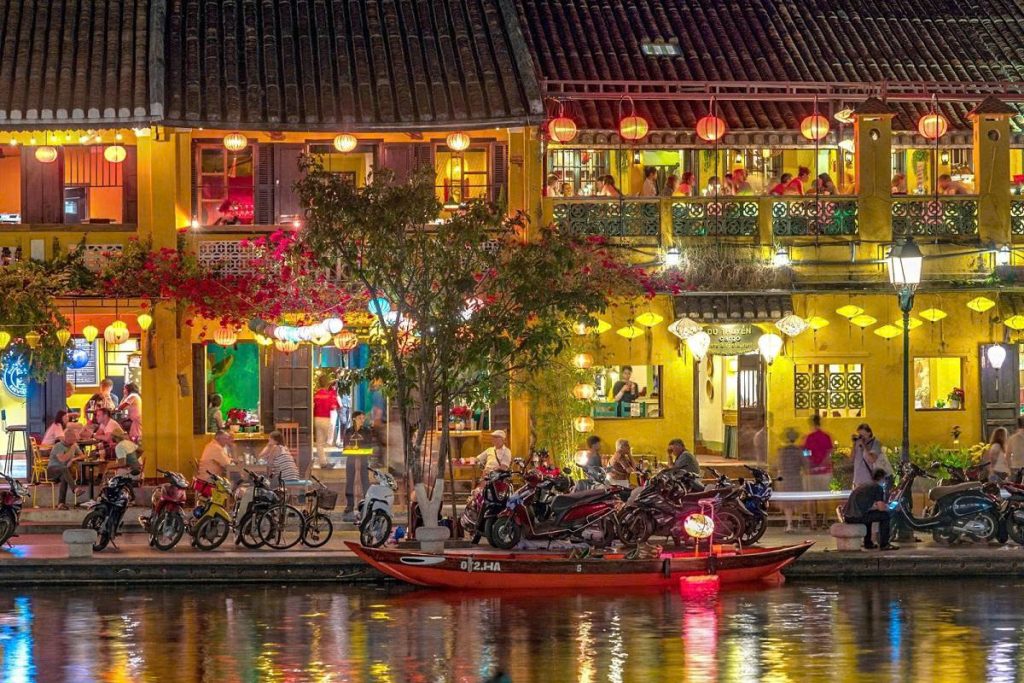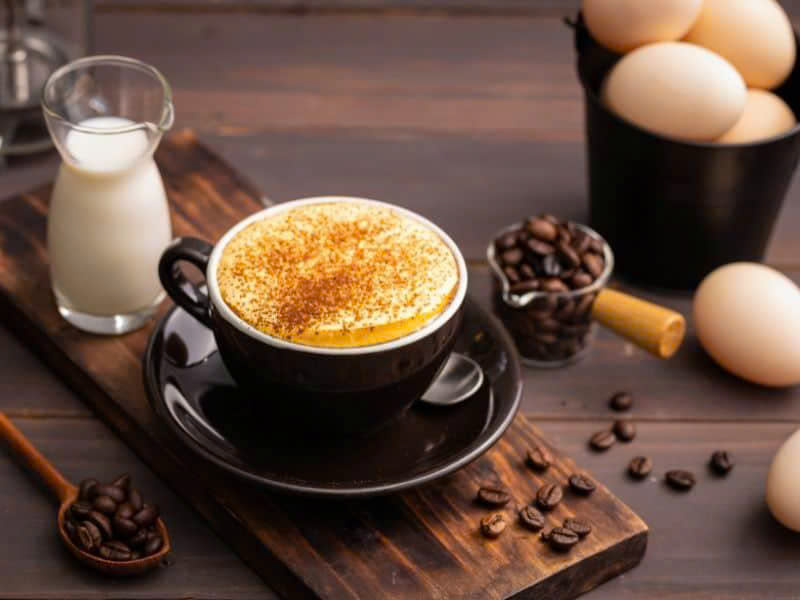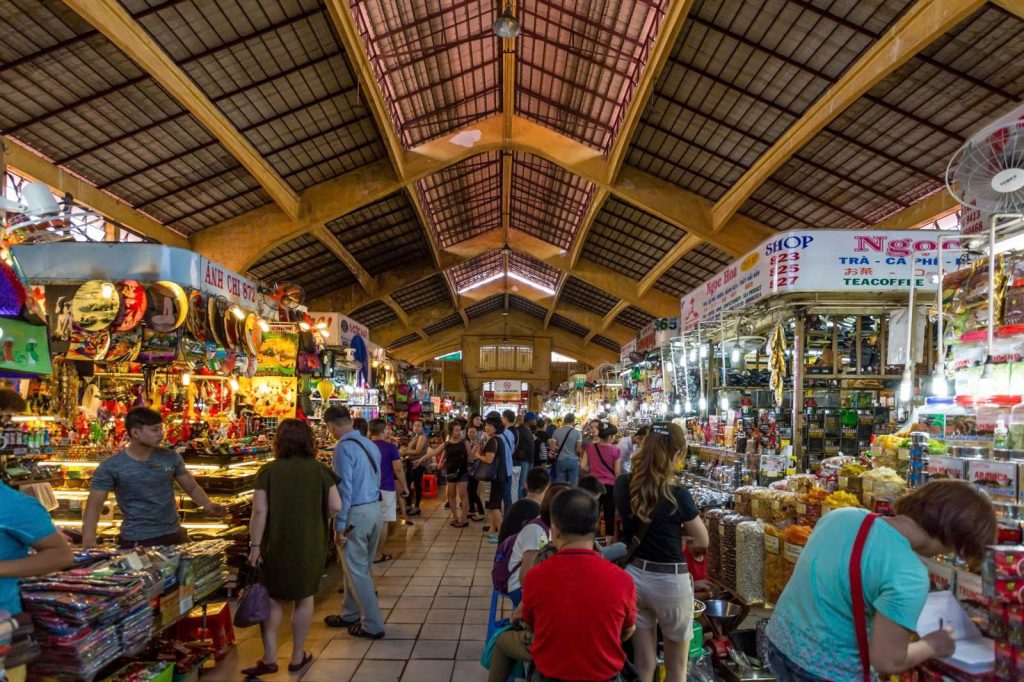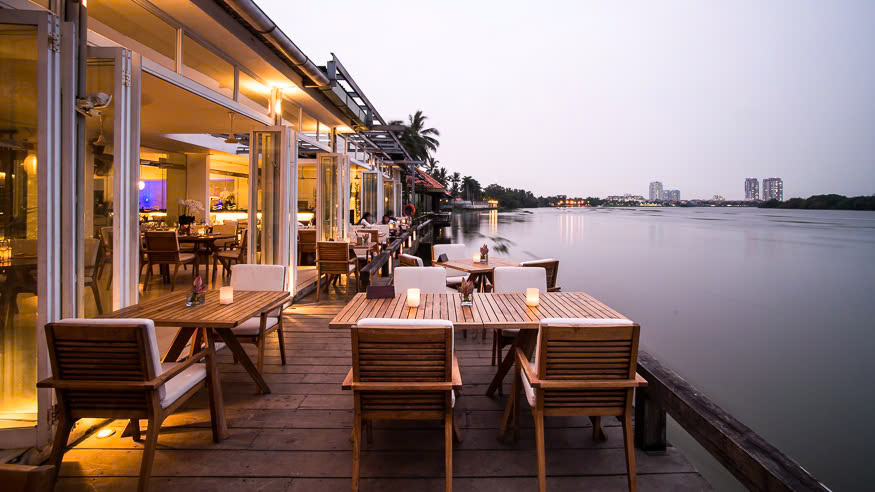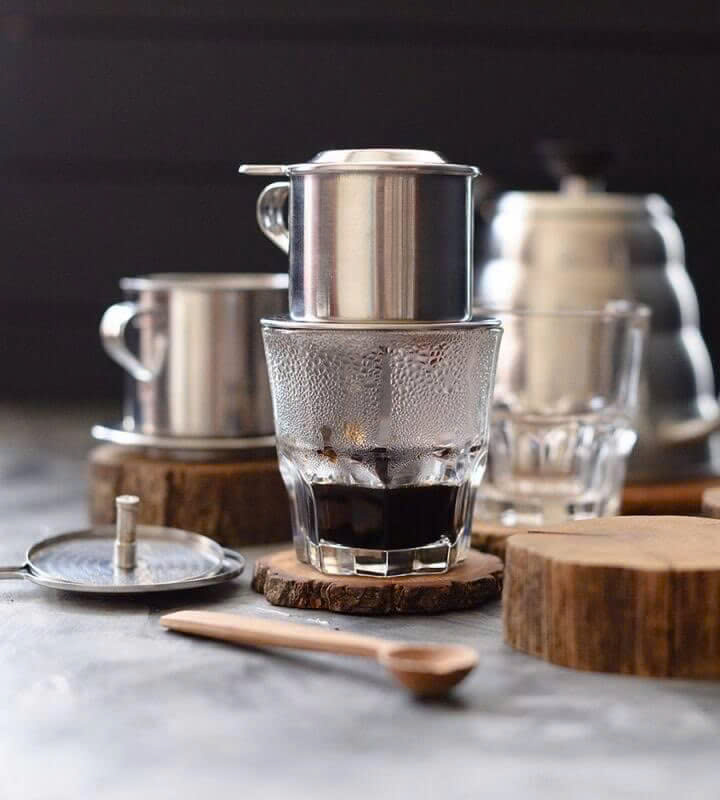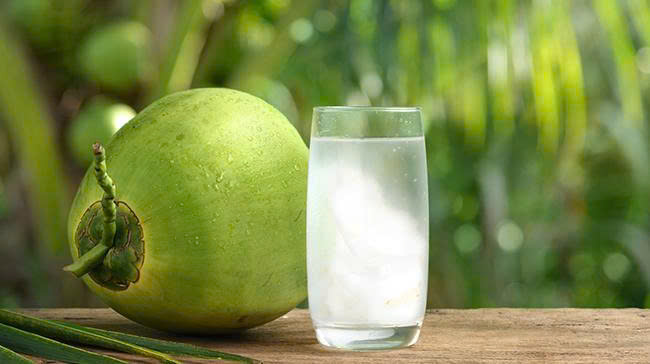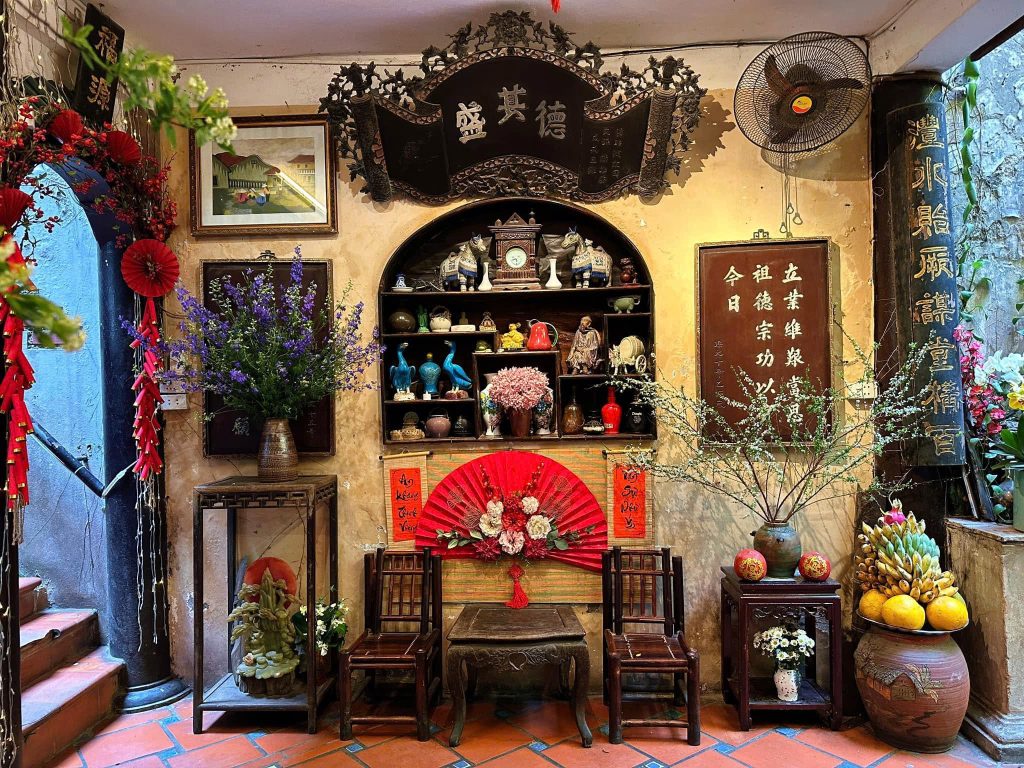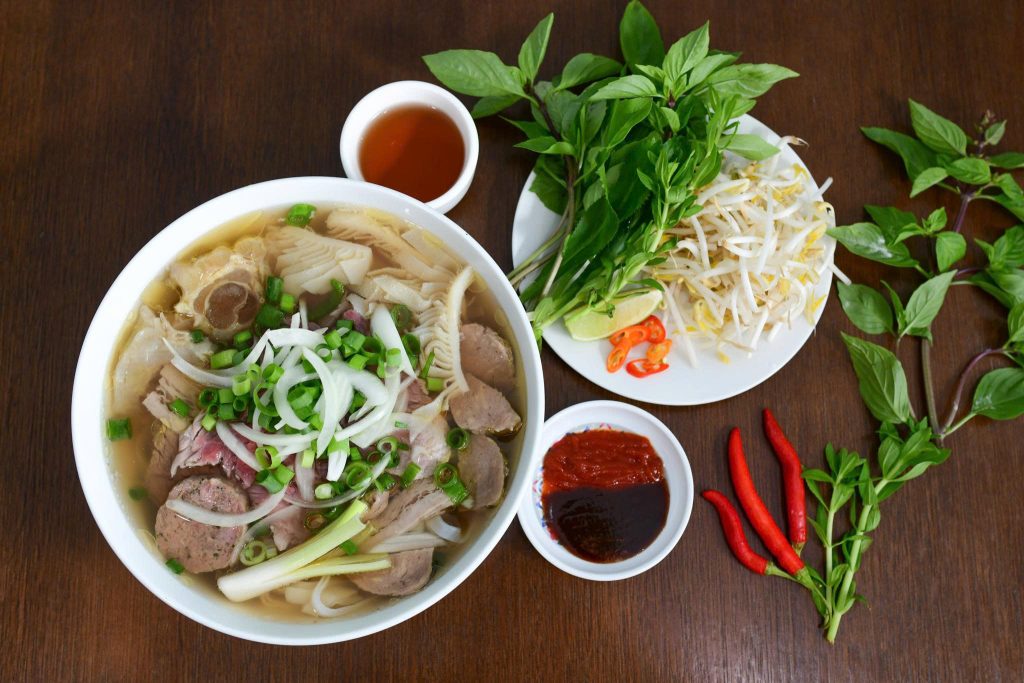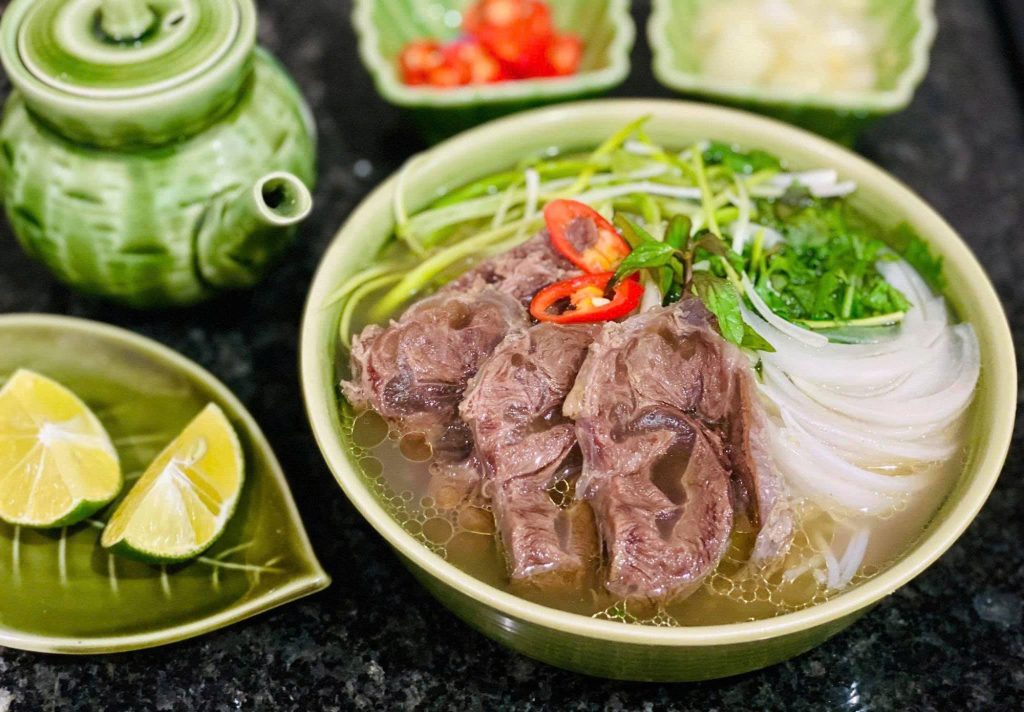For the discerning traveler, the Vietnamese culinary landscape presents both unparalleled joy and unique challenges regarding public health. Mastering the art of eating safely is the first step toward a successful gastronomic journey. These protocols are derived from the deep Experience of long-term residents and local expertise.
The golden rule remains: eat where the local crowds are thickest. A vendor with a high volume of local customers—especially during peak Vietnamese mealtimes (11:30 AM–1:00 PM and 6:30 PM–8:00 PM)—is a self-regulating system. High turnover ensures that ingredients are constantly being replenished, dramatically reducing the time food spends sitting at ambient temperatures, which is the primary zone for bacterial growth. Conversely, an empty stall, even if seemingly cleaner, presents a higher risk due to slow rotation of cooked ingredients.
1. Spotting a Safe Vendor: Hygiene Indicators
While a street stall will never meet ISO standards, you can identify strong indicators of commitment to hygiene:
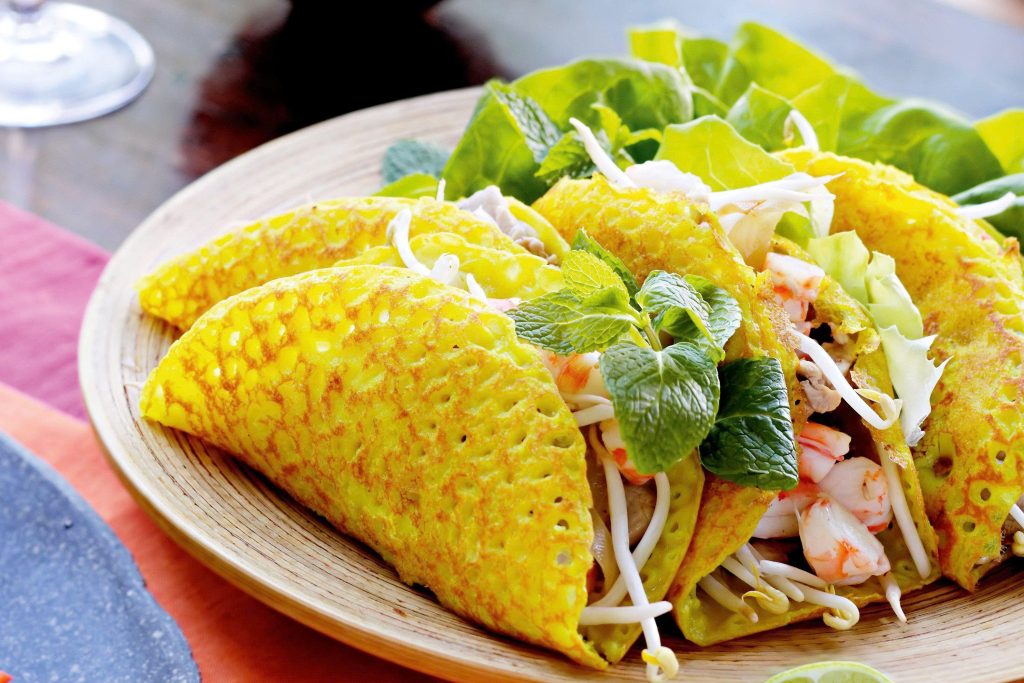
- Water Management: Observe how bowls and utensils are rinsed. The presence of a dedicated sink or, at minimum, a kettle of hot water poured over dishes is a good sign. Avoid stalls where dishes are merely dipped into a communal, static bucket of cold water.
- Ingredient Segregation: Check the separation of raw versus cooked food. Reputable vendors store raw meats and seafood (especially Bò, Tôm, Cá) securely on ice or in a refrigerated container, not haphazardly exposed on a countertop.
- Oil Quality: The oil used for deep-frying (e.g., Nem Rán or Bánh Xèo) should look relatively clear, not dark brown or burnt, which indicates repeated, unhealthy use.
Managing Hydration and Contamination Risk
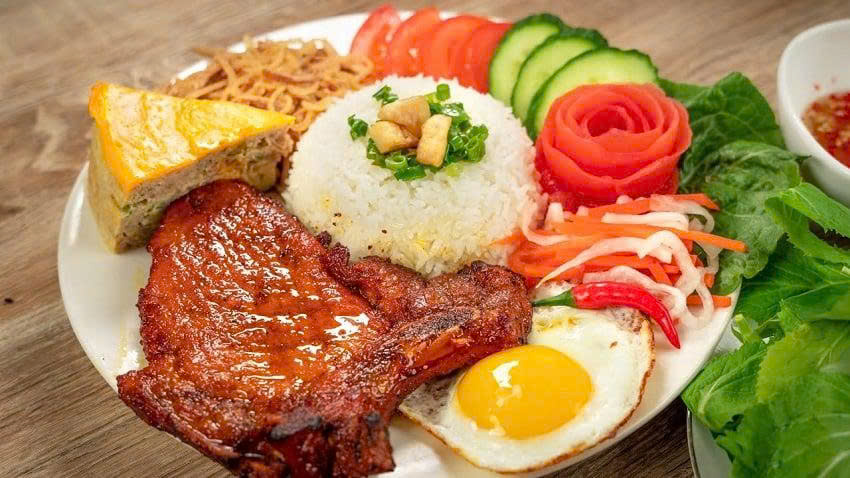
Contamination most frequently occurs through water sources. Knowledge about safe consumption methods is essential.
Decoding Ice Safety: The Purified Water Indicator
In major metropolitan centers like Hanoi and Ho Chi Minh City, ice is generally safe. This is because most ice comes from central, government-regulated factories that use filtered water.
- Safe Indicator: Look for uniform, solid ice cylinders or cubes with a distinctive hole in the center. These are industrially manufactured and reliable.
- Caution Zone: Avoid ice that is irregularly shaped, cloudy, or that has been crushed into shavings from a single, large block stored in an open container, as this often indicates frozen tap water or poor handling.
- Rule of Thumb: Always opt for commercially sealed Nước suối (bottled water).
Mitigating Risk from Raw Produce and Herbs (Rau Thơm)
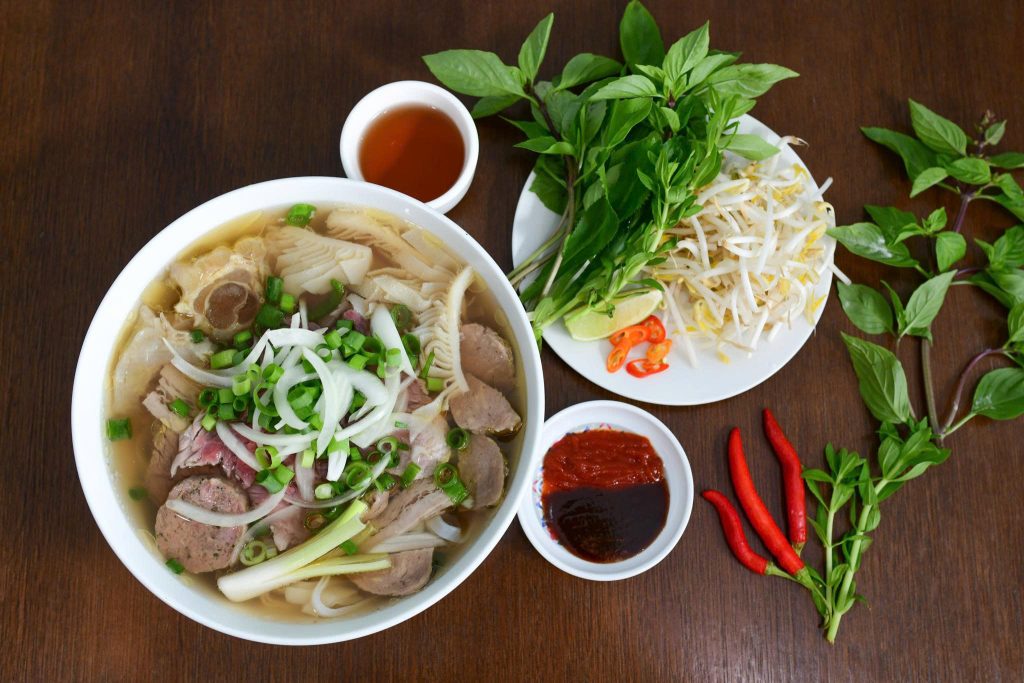
The vibrant platter of fresh herbs (Rau thơm) is integral to Vietnamese flavor. However, if washed in contaminated water, it poses a risk.
- Risk Strategy: Travelers with sensitive digestive systems should initially limit consumption of Rau thơm and stick primarily to dishes that are piping hot—meaning they are cooked, boiled, or fried at high heat immediately before serving (e.g., Phở, Bún Chả, Cơm Tấm).
- Fruit Consumption: Peeling is paramount. Enjoy tropical fruits like mango (Xoài) or rambutan (chôm chôm), but only consume fruit that you can peel yourself or that has been peeled by the vendor using clean hands/utensils.
2. Vietnamese Dining Etiquette and Cultural Respect
The Protocol of Communal Dining and Utensils
Vietnamese meals are deeply social and centered around sharing, which dictates specific rules for utensils.
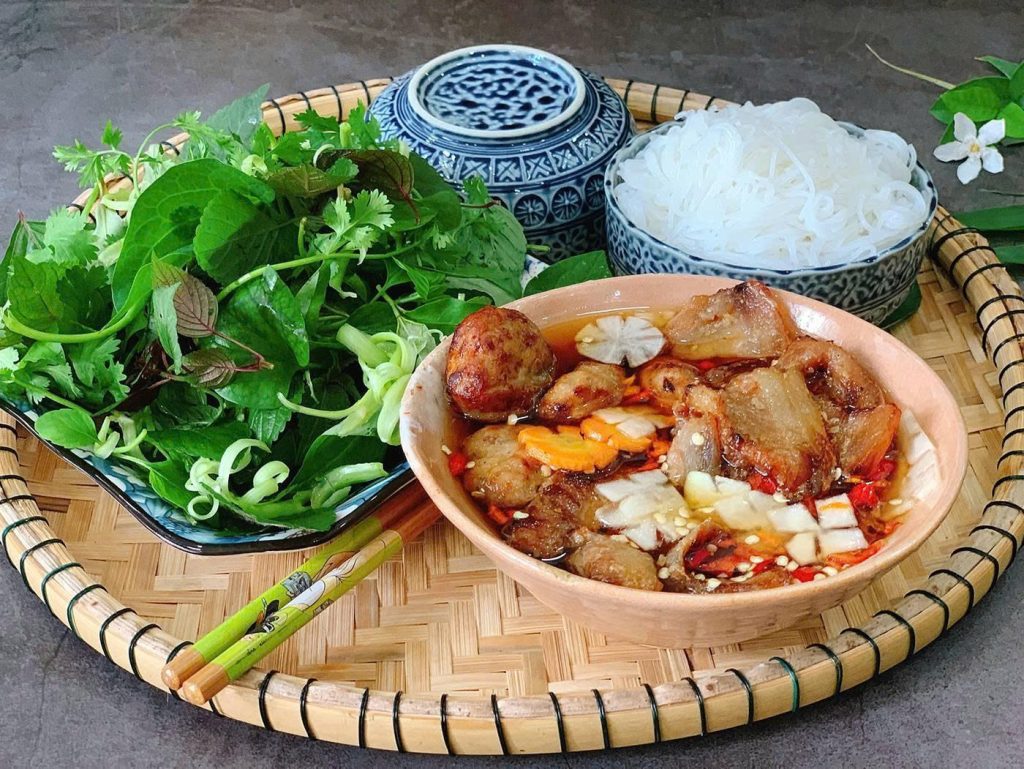
Proper Chopstick and Bowl Usage
- Communal Serving: When retrieving food from a shared dish, use the opposite (non-mouth) end of your chopsticks. This is a fundamental act of courtesy.
- Never Leave Chopsticks Upright: Never stick your chopsticks vertically into your rice or noodle bowl. This deeply resembles the incense sticks used in ancestral worship and is considered extremely bad form. Place them on the chopstick rest, your bowl, or the wrapper.
- Holding the Bowl: It is perfectly acceptable and common to lift your small rice or soup bowl (but not the large Phở bowl) close to your mouth when eating, especially noodles, to prevent dripping.
The Art of Invitation, Thanking, and Toasting
Verbal cues of respect are highly valued in family and social settings.
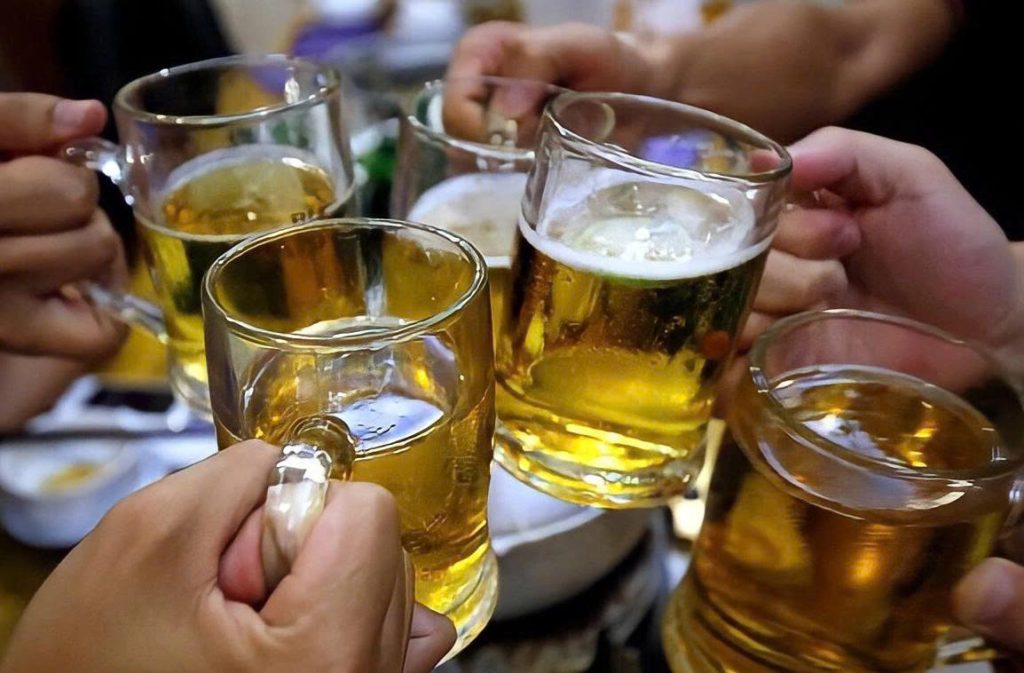
Utilizing the Social icon of “Mời” (Mời)
Before beginning to eat, it is customary to invite others. Say “Mời” (Moy) to everyone at the table, often starting with the eldest or the host. This polite invitation signifies that the meal may commence. For toasting, the simple phrase “Một, hai, ba, dô!” (One, two, three, cheer!) is universal and always brings smiles. When finishing a meal, a simple “Cảm ơn” (Thank you) to the server is appropriate.
3. Practical Tips for Ordering and Payment
Overcoming the Tonal Language Barrier
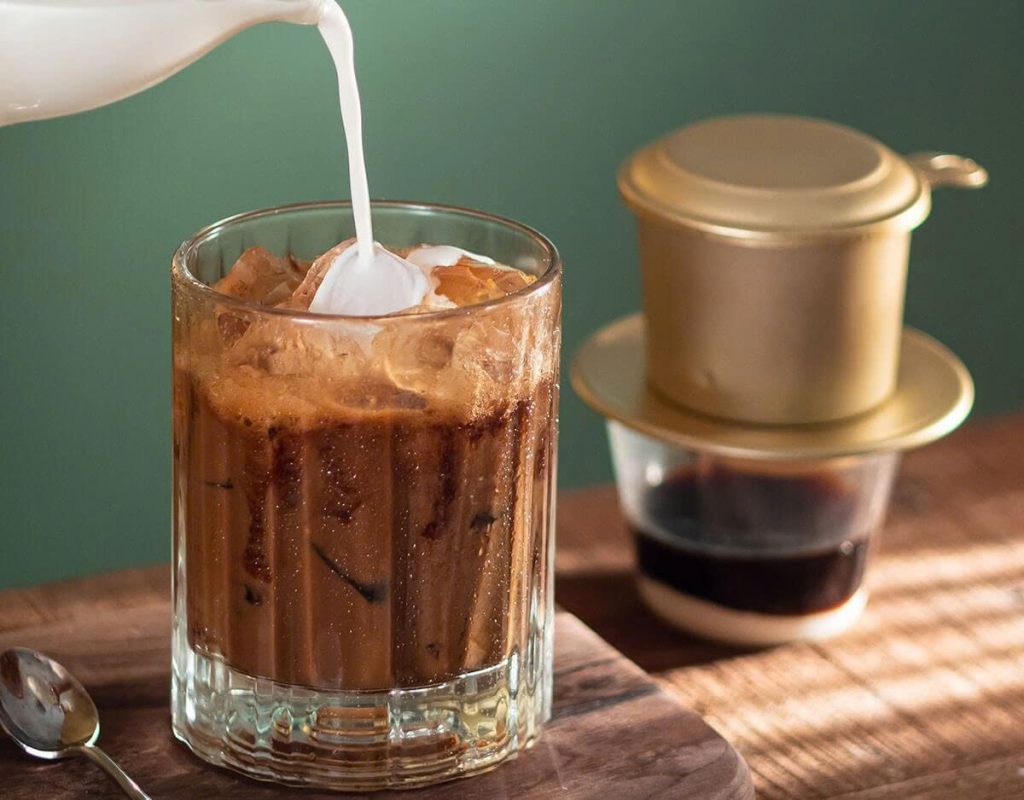
Simplifying communication and having key phrases written down reduces stress and error.
Essential Phrases for Customization and Allergies
- Ordering Confirmation: Point to the menu and use the phrase “Cho tôi [tên món ăn]” (Chaw toy [dish name] – “Please give me…”).
- The Sugar/Milk Dictate: For Cà phê sữa đá or fruit shakes (Sinh Tố), this is vital: “Ít sữa” (It sua – Less milk) or “Ít đường” (It duong – Less sugar). Many tourists find the default sweetness overwhelming.
- Allergy and Diet: Have the phrase “Tôi bị dị ứng [tên nguyên liệu]” (Toy bee dee ung [ingredient name]) or “Tôi ăn chay” (Toy an chay – I am vegetarian/vegan) written clearly on a card to show the vendor, minimizing potential confusion with tones.
Financial Protocol: The Cash-First Rule and Tipping Dynamics
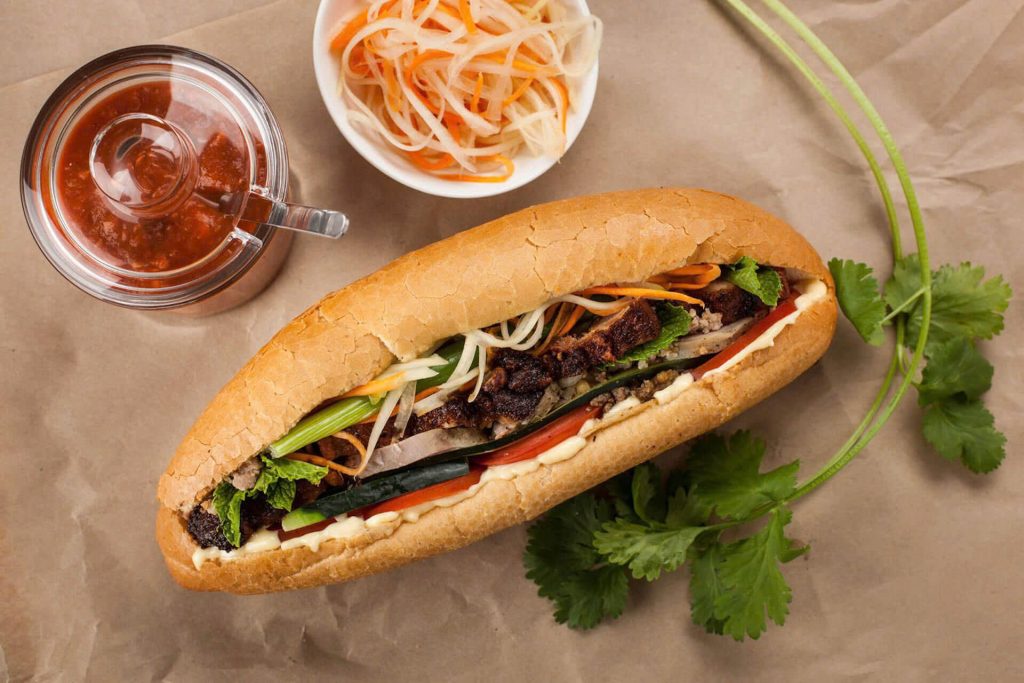
The financial rules are clear-cut, prioritizing cash and common sense.
Handling Currency and Avoiding Common Payment Errors
- Cash is King: Assume all street stalls and local restaurants are Cash Only (Tiền mặt). Always carry small denominations (50k, 20k, 10k VND) to avoid issues with vendors being unable to make change for high-value notes (500k, 200k).
- Counting Change: Be vigilant when receiving change. The 20,000 VND note and the 500,000 VND note are very similar shades of blue, a frequent source of accidental error or intentional deceit. Count your change immediately and politely.
- Tipping Discretion: Tipping is not customary or required for street food or basic meals. In high-end, Western-style restaurants, a 5-10% tip is an acceptable addition to express satisfaction with high quality service, often pooled among staff.
4. Street Stall vs Restaurant: Navigating Vietnam’s Food Scene
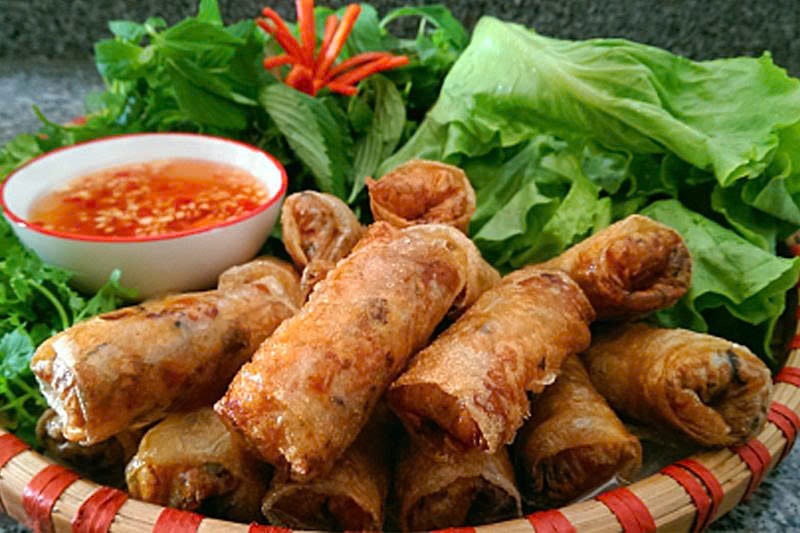
A comprehensive guide requires navigating the entire spectrum of Vietnamese dining environments.
Mastering the Street Food Environment
Street food is a dynamic entity, requiring focus and decisive action.
Seating, Ordering, and Logistics (The Small Stool Life)
- Seating: Embrace the low, plastic stools (Ghế nhựa) and tables. This is part of the authentic experience. Be prepared to share a table.
- Ordering Speed: Have your order ready before you sit down. Know the name of the dish. Stalls are designed for high efficiency and quick service.
- Condiment Control: Use the communal condiments (chili, garlic, vinegar, fish sauce) sparingly until you taste the dish. Add ingredients judiciously.
Dealing with Dietary Restrictions and Allergens (LSI)
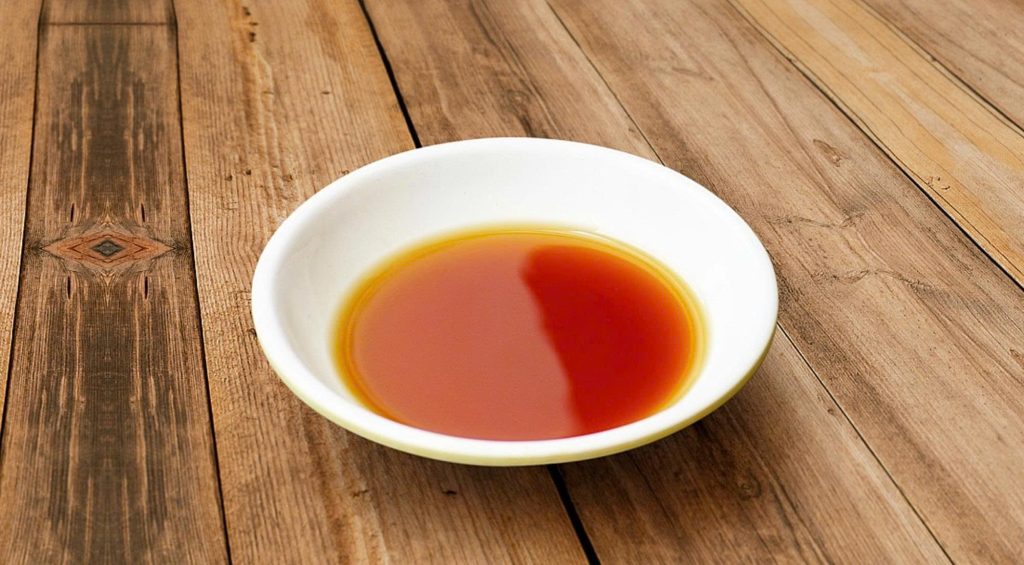
Understanding key ingredients is the most practical tip for safety.
Recognizing Common Allergens in Core Dishes
Travelers with severe allergies must be acutely aware of ubiquitous allergens in Vietnamese cuisine:
- Nước Mắm (Fish Sauce): Found in almost every savory dish, sauce, and marinade. Cannot be avoided.
- Đậu Phộng (Peanuts): Used extensively in dipping sauces (especially for Gỏi Cuốn and Nem Lụi) and as a topping for Bún dishes. Always request “Không đậu phộng” (No peanuts).
- Mắm Tôm (Shrimp Paste): Found in Bún Riêu and essential for Bún Đậu Mắm Tôm. This is a must-avoid for seafood allergies.
RELATED: Best Vietnamese Food: 15 Dishes You Can’t Miss
The Vietnamese food guide for tourists is less about memorizing dishes and more about internalizing a set of practical, respectful protocols. By applying these advanced tips—from vetting your vendor by their turnover to understanding the cultural logistics of payment and etiquette—you will not only eat safely and comfortably but also gain a deep and authentic connection to the local people and their incredible cuisine. Travel with confidence, respect the culture, and savor the balance of flavors that define Vietnam.

